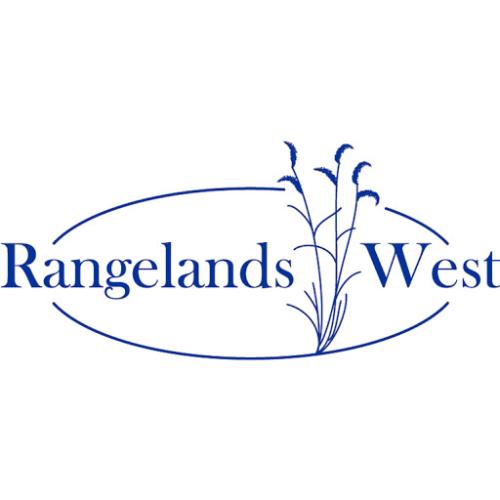Microbiotic crusts are commonly found in semiarid and arid environments throughout the world. Areas in the United States where crusts are a prominent feature of the landscape include the Great Basin, Colorado Plateau (19), Sonoran Desert (12), and the lower Columbia Basin (23). Crusts are also found in agricultural areas (21), native prairies (36), and sandy soils in Glacier Bay, Alaska (42). Outside the United States, crusts have been studied in the Antarctic (13), Australia (33), and Israel (28), among other locations. In fact, microbiotic crusts have been found on all continents and in most habitats, leaving few areas crust free (39).

Articles, citations, reports, websites, and multimedia resources focused on rangeland ecology, management, restoration, and other issues on American rangelands.